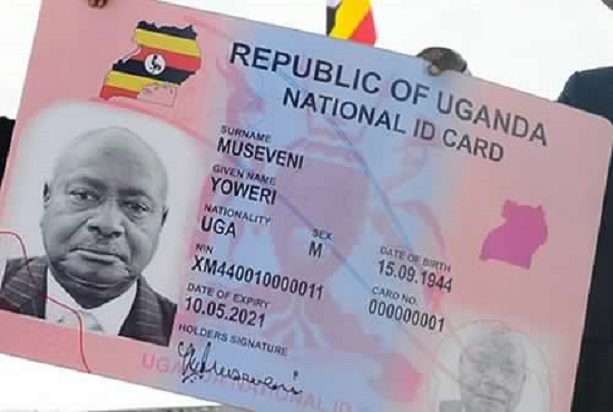Ryan of Ryan ToysReview really isn’t that different from any other first grader. The 7-year-old loves trains and cars; he giggles over Disney characters; he builds entire civilizations with Legos.
Except when he plays, he does so in front of a camera. An adult, presumably, then promptly uploads these videos onto his YouTube channel for his millions of followers—most of whom are elementary-school-age peers.
These short, simple videos have made Ryan one of the most popular influencers online, with 17.3 million followers and a total of nearly 26 billion views since he (and his parents) launched his main channel, Ryan ToysReview, in March 2015.
For Ryan, this means not only an endless stream of toys to play with but also a seemingly endless stream of money: He was this year’s highest-paid YouTube star, earning $22 million (Shs82.1bn) in the 12 months leading up to June 1, 2018, Forbes estimates.
“I’m entertaining and I’m funny,” Ryan recently said in an NBC interview, explaining the popularity that has led him to become a mini-millionaire.
Ryan is part of the YouTube trend of unboxing, in which content creators film themselves opening up toys, tech products and other consumer goods, explaining different features and, in Ryan’s case, screaming and giggling with enthusiastic delight as he does so.
In his most popular video, he opens up giant eggs to find toys from Disney’s Cars and Paw Patrol; in another, he plays with a Thomas and Friends inflatable ball pit—creating the kind of mess that is most parents’ worst nightmare. (But if the kid is paying the bills, what’s a little cleanup?)
Nearly all of his money, or about $21 million, comes from pre-roll advertising on his channels Ryan ToysReview and Ryan’s Family Review. When views go up, so do these automated ad dollars. With more views than anyone else on the list, it’s no surprise he claims the top spot.
The remaining $1 million comes from sponsored posts. That dollar amount is low compared with the money earned from similar content by other YouTubers on our list—the result not only of how few deals Ryan (or his family) chooses to accept, but also the fact that his pint-size demographic isn’t exactly all that flush.
What’s almost as baffling as the amount of money that Ryan has made before his eighth birthday is why today’s kids would rather tune in to watch another one play with toys than play with toys themselves. The answer, it seems, is that today’s kindergarten set lives vicariously through Ryan.
“Unboxing videos provide the proxy for actually experiencing the joy of receiving and opening something you really desire; this is especially true for items that are out of reach or unattainable,” says Chas Lacaillade, the founder and CEO of Bottle Rocket Management, which represents many unboxers, though not Ryan. “The next best thing to owning one is experiencing it virtually, seeing someone else play with it.”
It may seem bizarre to those who grew up watching Saturday-morning cartoons, but today’s children know their way around YouTube the way Millennials knew their way around a VCR.
The YouTube Kids app has more than 11 million weekly active users—which translates into a lot of kids eager to see what toy Ryan is going to open next.
When he’s not in front of the camera, Ryan’s taking his mini-mogul act behind the scenes. After signing with kid’s entertainment studio Pocket.watch last year, the deals began rolling in. In October, it was announced that content from his channel will be repackaged and distributed on Hulu and Amazon. In August, he launched Ryan’s World, a toy and apparel collection sold exclusively at Walmart. The line, which Ryan heavily promotes on his YouTube channel, features a variety of slimes and putties, Ryan action figures, T-shirts, toy cars and more.
“It’s so cool,” Ryan, who serves as creative director, said of seeing his face in the aisles of Walmart. While these deals didn’t affect his earnings this year, they will likely add millions next year.
Because he is a minor, 15% of Ryan’s earnings are funneled into what’s called a Coogan account, which is protected until he becomes a legal adult. A good portion of the rest likely goes to paying managerial and production fees—as well for all of those toys.
So what happens if Ryan, tomorrow, decides he no longer wants to broadcast his toy adventures for the world? Well, his managers and agents may not be too happy. But as for Ryan, “he’s got enough money for 100 lifetimes,” says Lacaillade.
METHODOLOGY:
Ryan’s earnings estimate was calculated for the period between June 1, 2017 through June 1, 2018. Figures are pretax; fees for agents, managers and lawyers are not deducted. Earnings estimates are based on data from Captiv8, SocialBlade and Pollstar, as well as interviews with industry insiders.
Credit: Forbes





